Cath Kenneally reviews 'Deadline' by Jennifer Rowe
Here’s the first in a new series from the indefatigable pen of Jennifer Rowe. Verity Birdwood is still going strong, at last check: it wasn’t so long ago that I reviewed Lamb to the Slaughter in these pages. And, of course, as Emily Rodda, Rowe has turned out a couple of dozen Teen Power books, attracting several Children’s Book Awards. She is every inch a professional writer.
And professional is what you’d have to call Deadline. It opens what can be relied upon to be a long series, linked to the TV series Murder Call, which Rowe has co-written with Hal McElroy (in her spare time), featuring Detective Tessa Vance, who makes her print debut in this book. Rowe’s approach to crime writing is as organised as all the other facets of her life.
Deadline, while breaking no new generic ground, is highly readable and competently executed in every way. It turns on a central puzzle of curious enough invention to sustain interest, bolstered by an engaging and suitably (if predictably) flawed focal Detective/Detectress duo in the lovely (naturally) Tessa and taciturn-but-goodhearted (of course) Steve Hayden. The whole is spiced with the complex currents running between these two, on their first case together.
Special credit, as ever, to Rowe for vivid settings: here, initially, the overtly theatrical fun park scenario, but equally the subsequent pubs, apartments, period houses, offices, and beachside outdoors. Perhaps as a gesture to a visual medium, the story opens inside ye olde Ghost Train, almost too stagey a setting for a murder, except that the reader’s attention is drawn right away into the less than edifying musings of a rather unprepossessing attendant in a skeleton costume, whose final minutes these are.
In line with the now firmly established convention regarding TV women detectives, Tessa Vance must be shown to have a soft underbelly. We meet her at the moment the Ghost Train Murder Call comes through, the ringing phone sounding the death knell of more than the intimate birthday dinner it interrupts. Young Ms Vance arrives at the tacky scene late, distracted, wrong-footed, and still dressed to kill.
Uh, oh. Will newly-promoted Senior Detective Vance be tough and professional enough to cope with the uncertain, mistrustful reception of her new colleagues, male and female? Will the new partners find a modus vivandi? How wrong will the case go if they don’t? Predictably, but nonetheless enjoyably, the tensions, misconceptions, half-explanations, and general pride and prejudice on both sides rapidly erect communication barriers, dismantled, finally, just in time.
As the murders proliferate, and the reader’s attention is directed to the psychology of the murderer, interpersonal pushand-pull between Vance and Hayden is a satisfyingly tense backdrop to the progressive unveiling of a killer’s motivation and the accomplishment of a few more killings. The necessary counterpoint, with sparks of the necessary attraction, is established for a long partnership.
Rowe’s language seems, with each book, to become more terse and straight forward, not a word wasted. The pace in this one is unflagging. Perhaps a little too much so. The number of victims killed or targeted, according to an obscure agenda which we are let in on about half way through, is possibly excessive, limiting the emotional engagement the reader is willing to dedicate. Although the requisite ingenuity in the matter of plot construction is certainly present in Deadline, along with the twist at the end, there is a certain mechanical feel to the dénouement. The victims are lined up like shells on a coconut shy, and in the end one’s interest is limited to how many of them will be knocked down.
This feature only becomes pronounced in the latter half of the book. The first few victims are speedily but deftly sketched, with sufficient context to bring them decisively to life. After Detective Vance makes a few inspired guesses that lead to the (apparent) explanation of apparently unconnected murders, the vignettes become more cursory, the wrap-up, back in the slightly de trop fun park, a bit perfunctory.
Keeping the major plot warm, as it were, is the sub-plot of personal danger faced by Tessa. Here, she is the intended target of an ex-con with a grudge. As in so many of these fictions, a mix of unhelpful emotions and circumstances conspire to prevent her from explaining the situation to her new colleagues, Hayden in particular, with suspenseful results, resolved only just in time for the final metaphorical shootout.
In the end, the reader will find him/herself quite satisfactorily involved with Tessa Vance and Steve Hayden, perhaps a little less engaged by the plot and its resolution. But Steve and Tessa are the main thing: they have the makings of a longrunning, well-nuanced partnership.


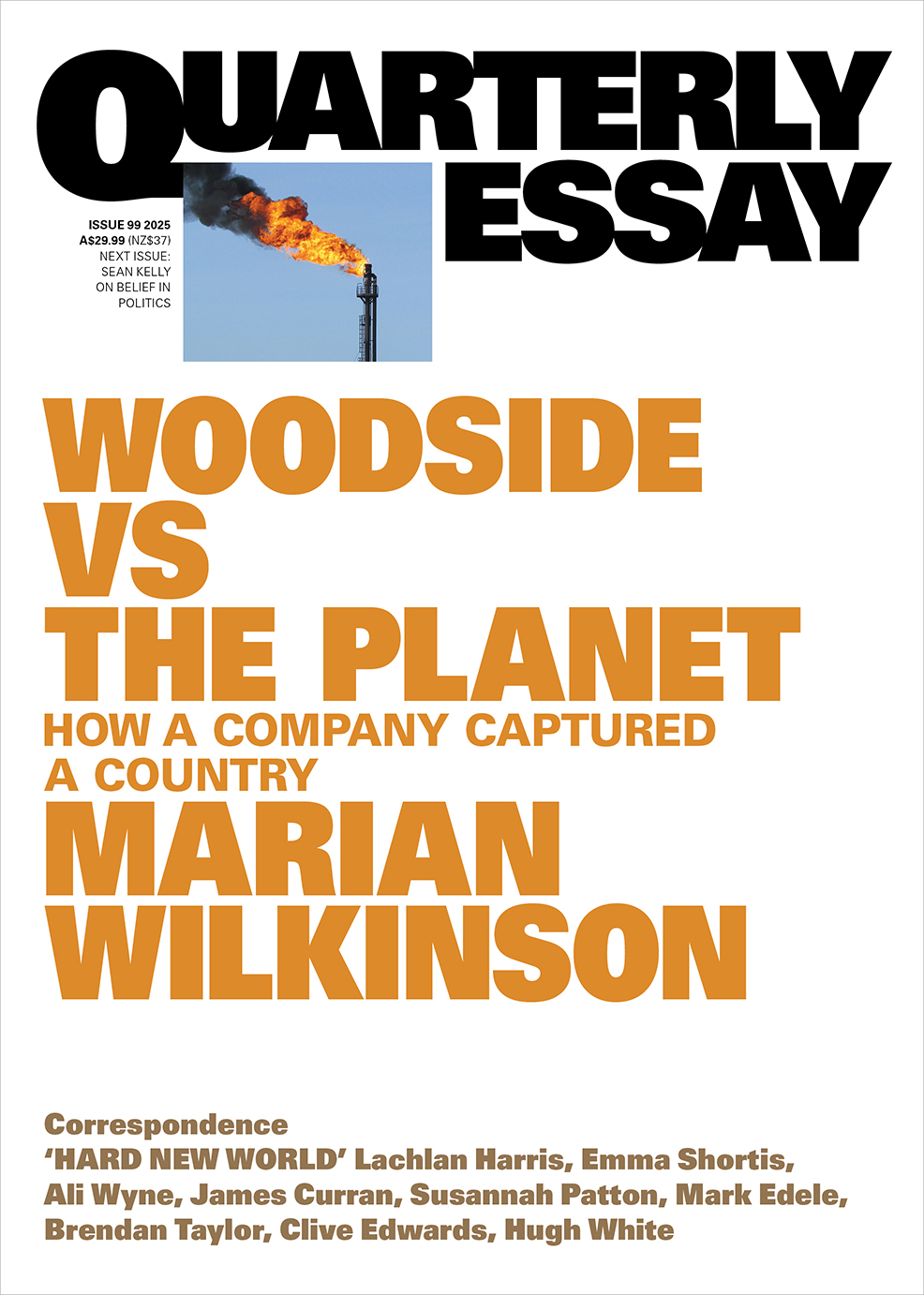

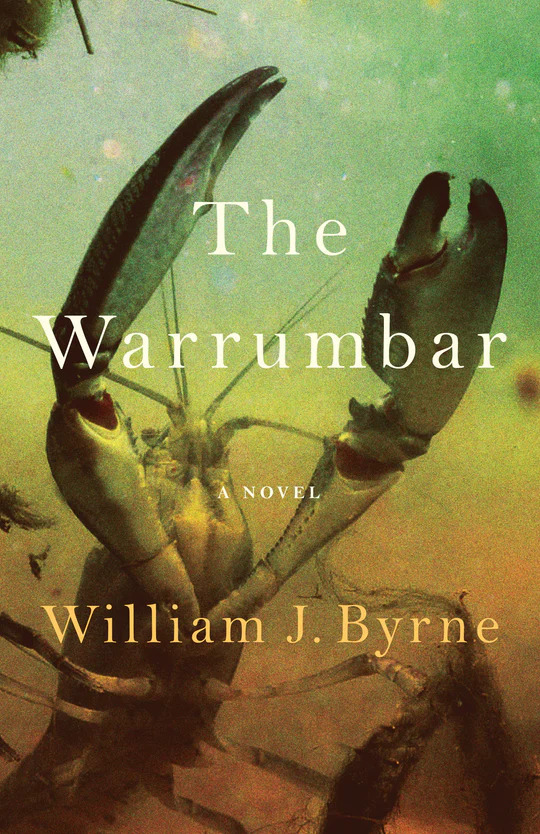
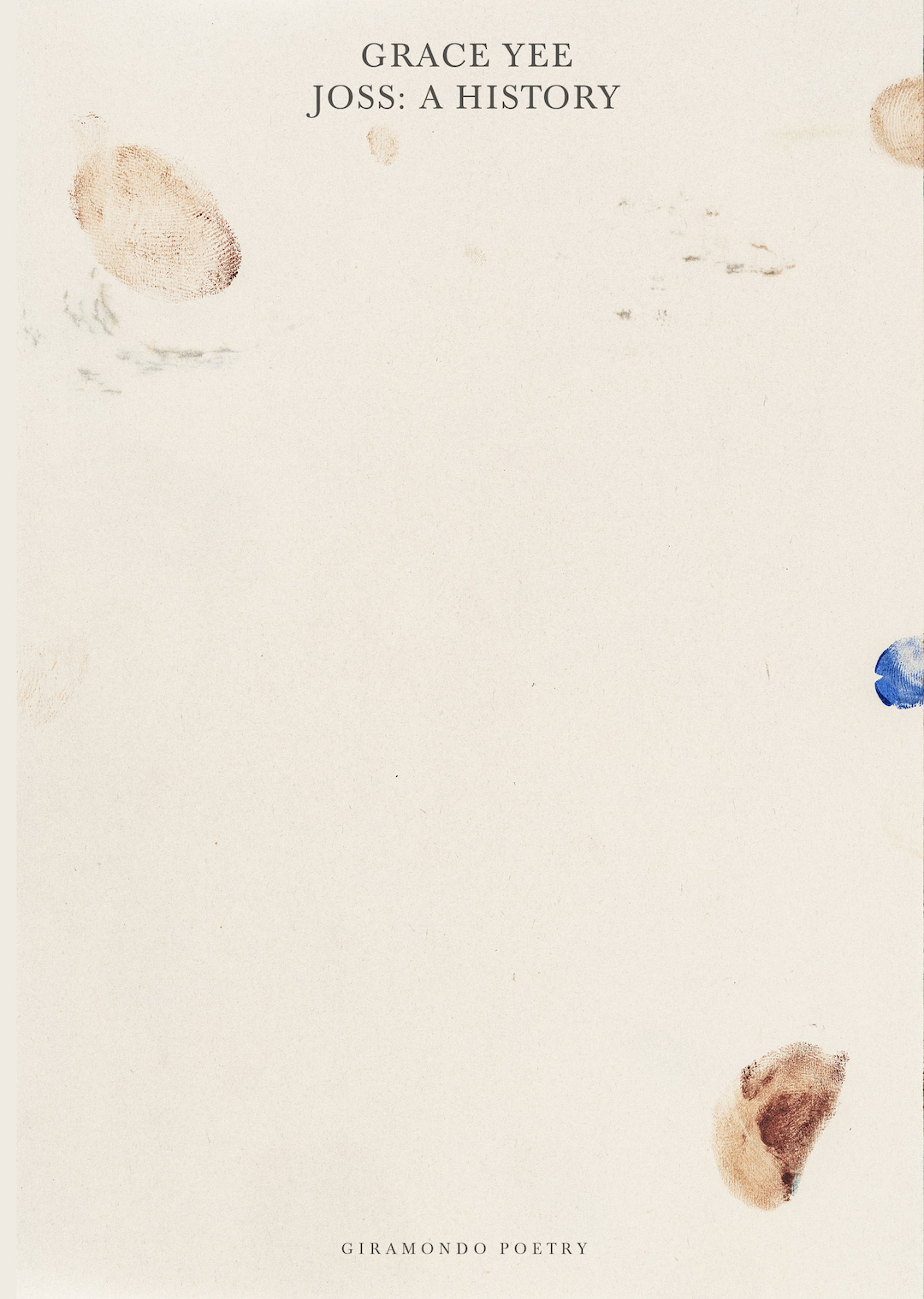
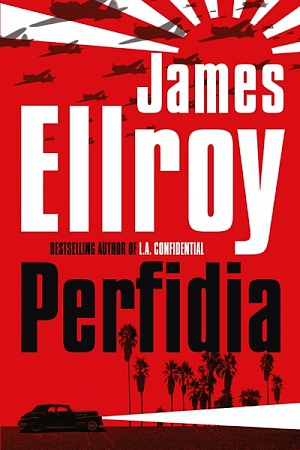
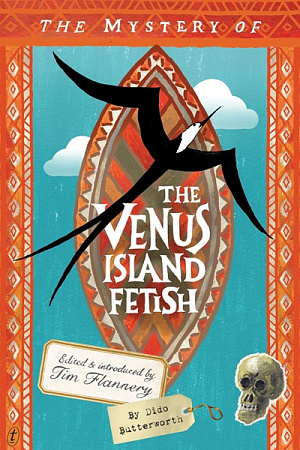
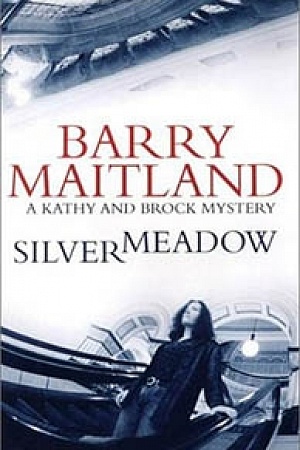

Leave a comment
If you are an ABR subscriber, you will need to sign in to post a comment.
If you have forgotten your sign in details, or if you receive an error message when trying to submit your comment, please email your comment (and the name of the article to which it relates) to ABR Comments. We will review your comment and, subject to approval, we will post it under your name.
Please note that all comments must be approved by ABR and comply with our Terms & Conditions.